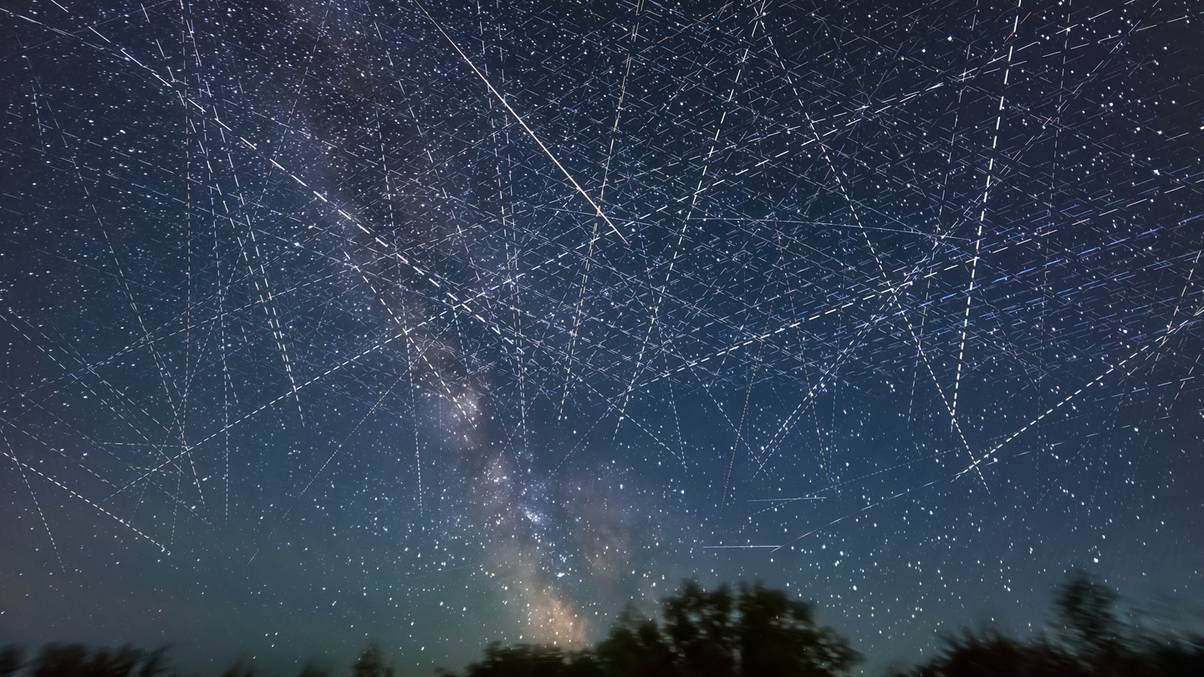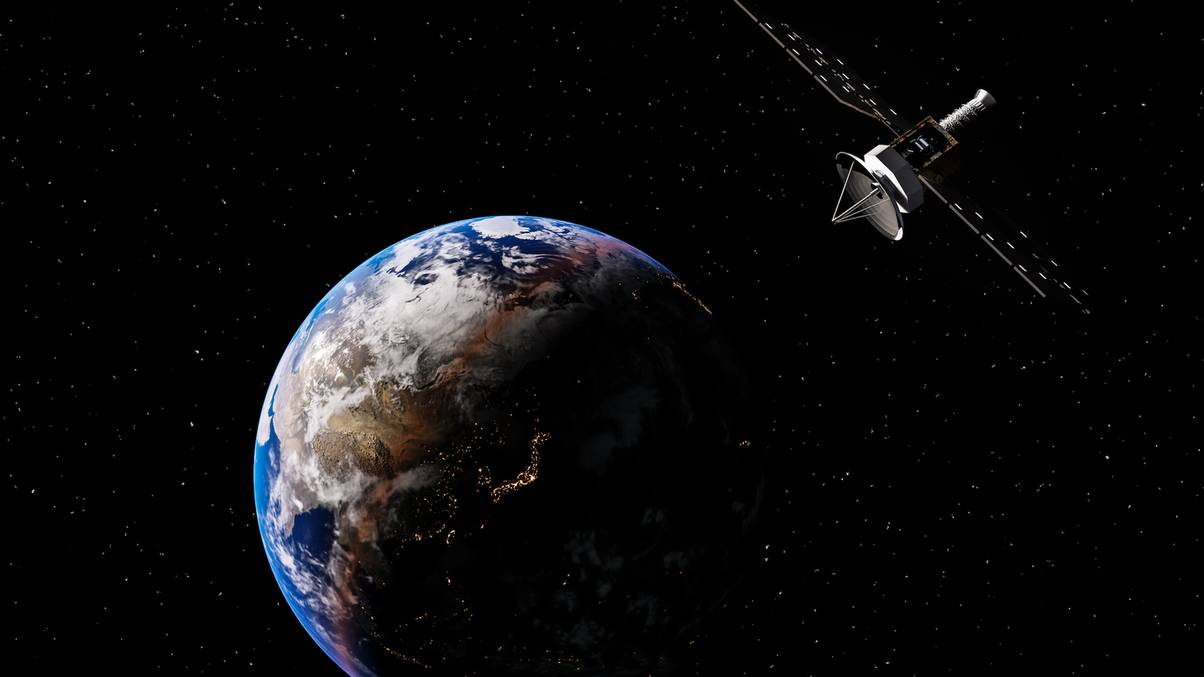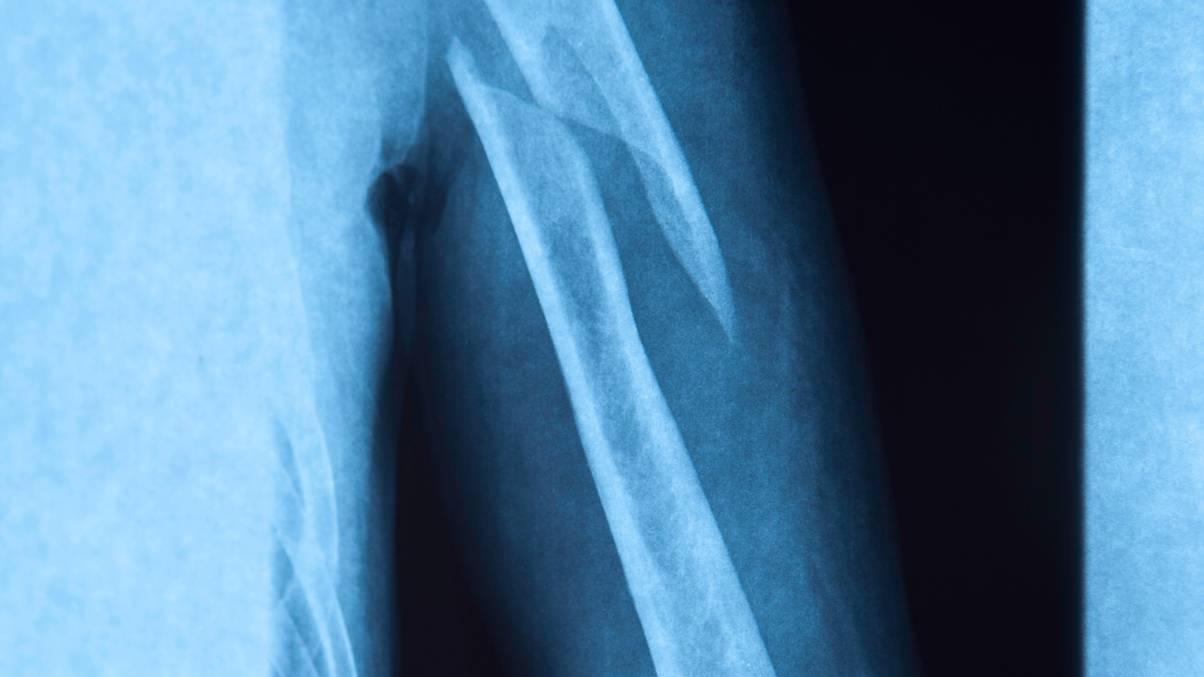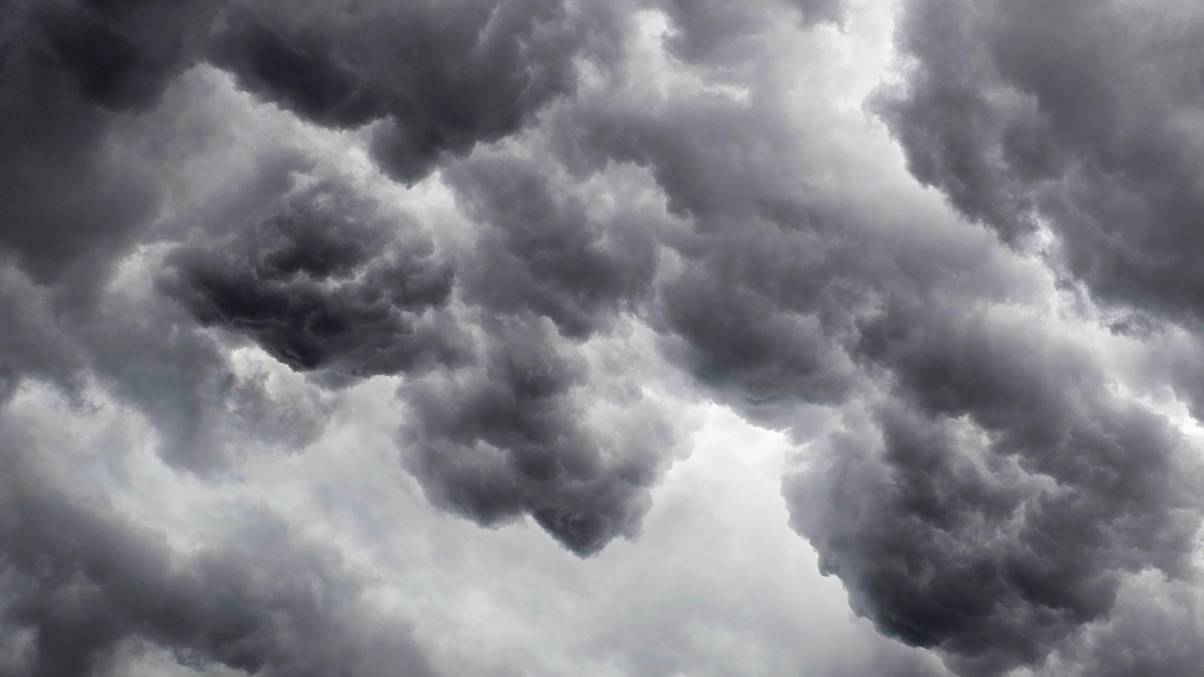Orbital Catastrophe Unfolding: Simulations Reveal Alarming Surge in Satellite Collisions Threatening Earth’s Space Safety
Ever wonder if the night sky’s more like a cosmic game of bumper cars than a serene celestial ballet? Well, buckle up, because a jaw-dropping simulation has landed on my radar, flashing a neon warning about the swarm of satellites creeping ever closer in low Earth orbit. Picture thousands of tiny dots zipping around our planet at dizzying speeds—no, it’s not a futuristic light show; it’s Elon Musk’s Starlink satellites multiplying like rabbits and, curiously, some of them deciding to take a nosedive back to Earth. Now, here’s the kicker—this isn’t just a space enthusiast’s trivia; it’s stirring up fresh jitters about the so-called Kessler syndrome, a scenario where one unlucky collision could set off a catastrophic chain reaction of space debris. Is our orbit turning into a celestial junkyard, or is this just the price we pay for global internet? Trust me, this ain’t your typical sci-fi thriller—it’s unfolding right above our heads, with pieces reportedly raining down in California! Intrigued yet? LEARN MORE

An alarming simulation which shows the volume of satellites floating in low Earth orbit has renewed Kessler syndrome fears, as Elon Musk’s Starlink satellites continue to fall out of orbit.
The simulation is said to show one hour of active satellites in space orbiting Earth, sped up by 240 times, as the clip shows thousands of small dots circulating the planet.
It’s important to note the satellites aren’t shown to scale, as the reality is most of the satellites would be much too small to see when shown next to the vast size of planet Earth.
However, the visual does give some idea as to the growing accumulation of objects immediately surrounding the planet.
The simulation also dates back to 2020, when there were significantly fewer satellites orbiting Earth, before Musk’s SpaceX launched its internet provider Starlink, with just 5,774 satellites recorded in orbit in March 2020, just 2,666 of which were considered active.
As of May 2025, there are believed to be approximately 12,149 active satellites with around 20,000 tracked objects, made up of inactive satellites and debris. Around 60 percent of all active satellites belong to Starlink’s constellation, with around 8,500 satellites providing internet access all around the world.
Musk previously announced plans to increase the number of satellites to 40,000, which has raised concerns after videos emerged showing a number of Starlink satellites deorbiting and falling back down to Earth.
While its unclear exactly what has gone wrong, space trackers have revealed that as many as four satellites are falling back to Earth everyday, with pieces known to be landing in California.
The ever-growing space clutter around our planet has renewed fears over the theoretical Kessler syndrome, which suggests that overcrowding in space could spark a chain reaction of collisions that would have catastrophic impacts.
Theorised by NASA scientists Donald Kessler and Burton Cour-Palais back in 1978, the idea proposes that this chain could destroy satellites essential to maintaining humanity as we know it, halting crop production, destroying internet connections and preventing safe international travel.
In the worst-case scenario, the area of space described as low Earth orbit will then become uninhabitable by new satellites due to the rings of debris whizzing around the planet.
Musk and Starlink are yet to comment on the falling satellites and what could be causing the sudden deorbiting, with satellites designed to have a shelf life of five years before burning up as they re-enter the Earth’s atmosphere.
Auto Amazon Links: No products found.















Post Comment